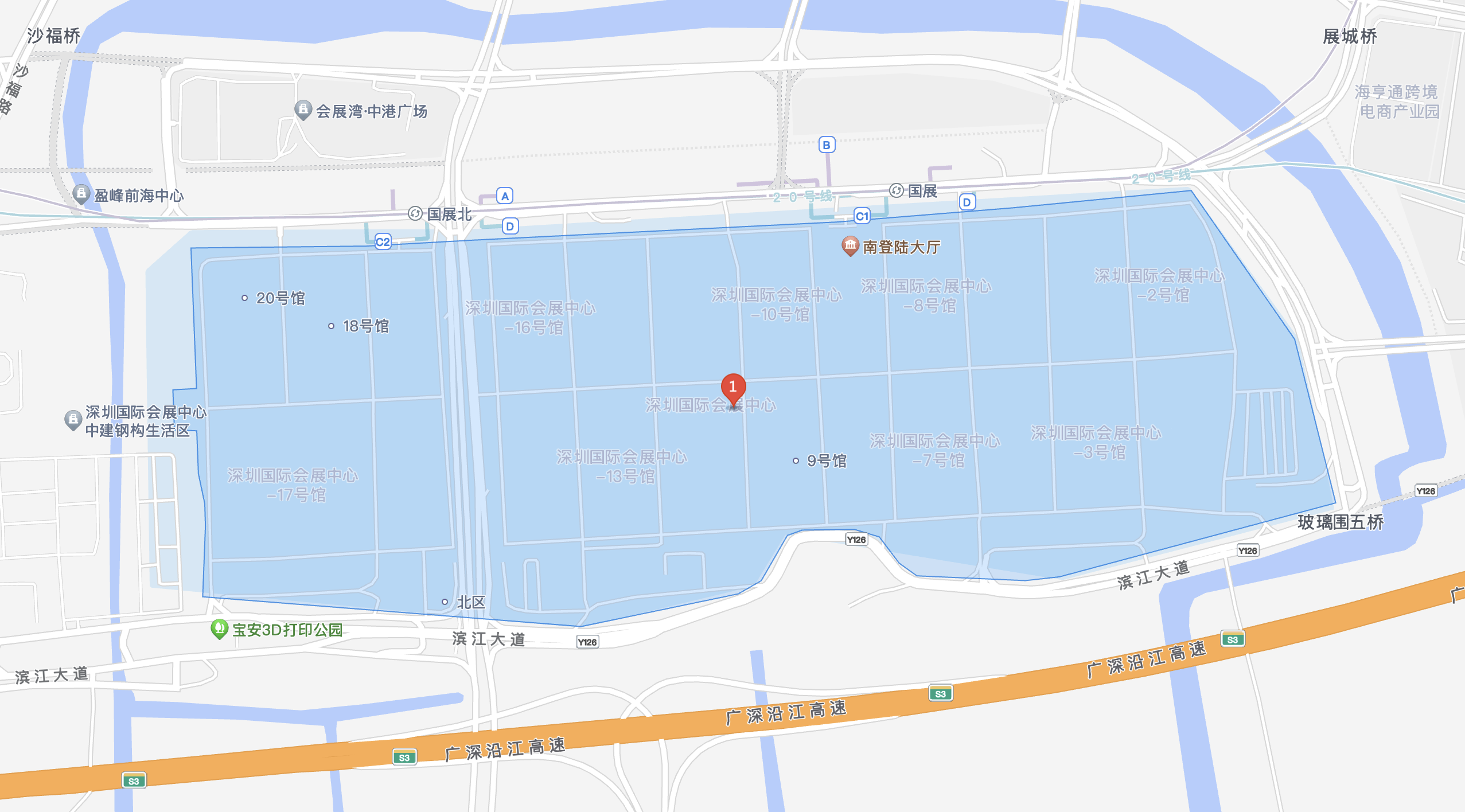With the full arrival of the Internet of Everything (IoE) era, the number of IoT devices has exploded. The resulting energy consumption, battery replacement and maintenance costs, and environmental pollution have become increasingly prominent, becoming major bottlenecks hindering the large-scale and sustainable development of the IoT.
Against this backdrop, the disruptive technology of "passive IoT" has emerged. It harvests "micro-energy" from the environment, such as light, kinetic energy, and radio frequency signals, to power electronic devices, aiming to achieve "permanent battery life" and "zero-carbon operation." It is a silent force driving green transformation in the industry.
To better share cutting-edge developments in passive IoT and micro-energy harvesting with industry colleagues, and to further analyze their value and promote their development, the "IOTE 2025 Shenzhen Passive IoT and Micro-Energy Harvesting Ecosystem Seminar" was successfully held on the morning of August 27th at Hall 10, Venue 3, Shenzhen International Convention and Exhibition Center (Bao'an New Hall). The seminar was hosted by the Shenzhen Internet of Things Industry Association and co-organized by Wulian Media, IOTE, AIoT Star Chart Research Institute, and AIoT Library.
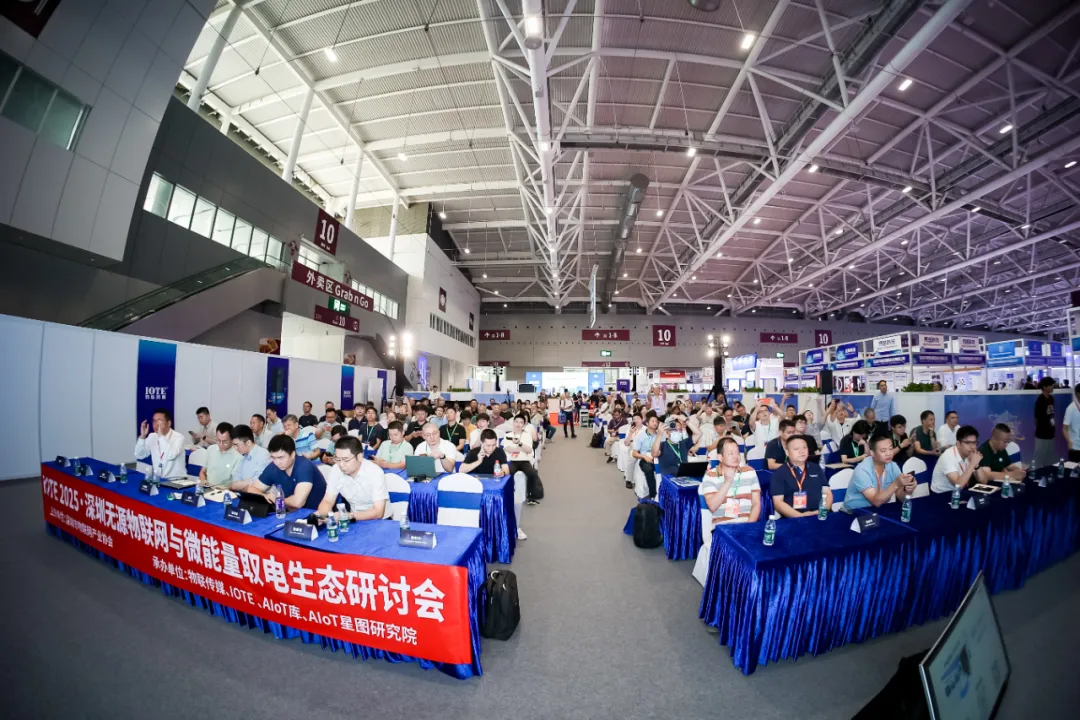
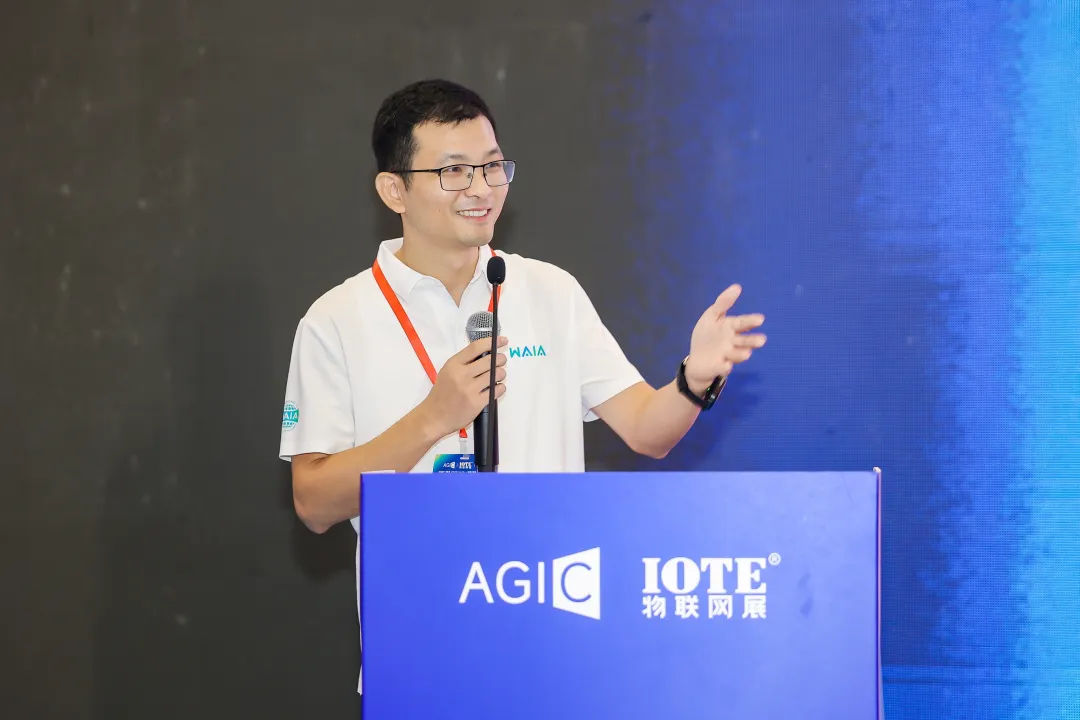
Moderator (Liang Rongwei, Senior Industry Director, IoT Media)
This conference, a sub-forum of the "IOTE 2025, the 24th International Internet of Things Exhibition," focused on the application scenarios, technical difficulties, and cutting-edge trends of micro-energy power generation technology in the sensor industry. Representatives from various sectors were invited to attend.
Participating company representatives included: Zeng Qing, Chairman of Zhejiang Longgan Technology Co., Ltd.; Xu Zhenlu, Deputy General Manager of Saifuneng Technology (Shenzhen) Co., Ltd.; Huang Xuanyu, Product Manager of Shenzhen Qingli Technology Co., Ltd.; Zou Tianqi, General Manager of Meike Shensi Intelligent Technology (Beijing) Co., Ltd.; Yang Gang, Group Vice President/President of Sales of Hunan Yanhe Intelligent Technology Co., Ltd.; Xie Xinmin, General Manager of Jietong Technology; Liang Yuyang, CEO of Miaomiaoce; and Wang Kun, Beijing Jingyi Northern Instrument Co., Ltd.
These guests provided fascinating insights at the conference. Core Sensor has compiled the highlights of their presentations for you after the event.
MDFC microwave direct drive frequency conversion reflective technology empowers a new era of passive intelligent connectivity
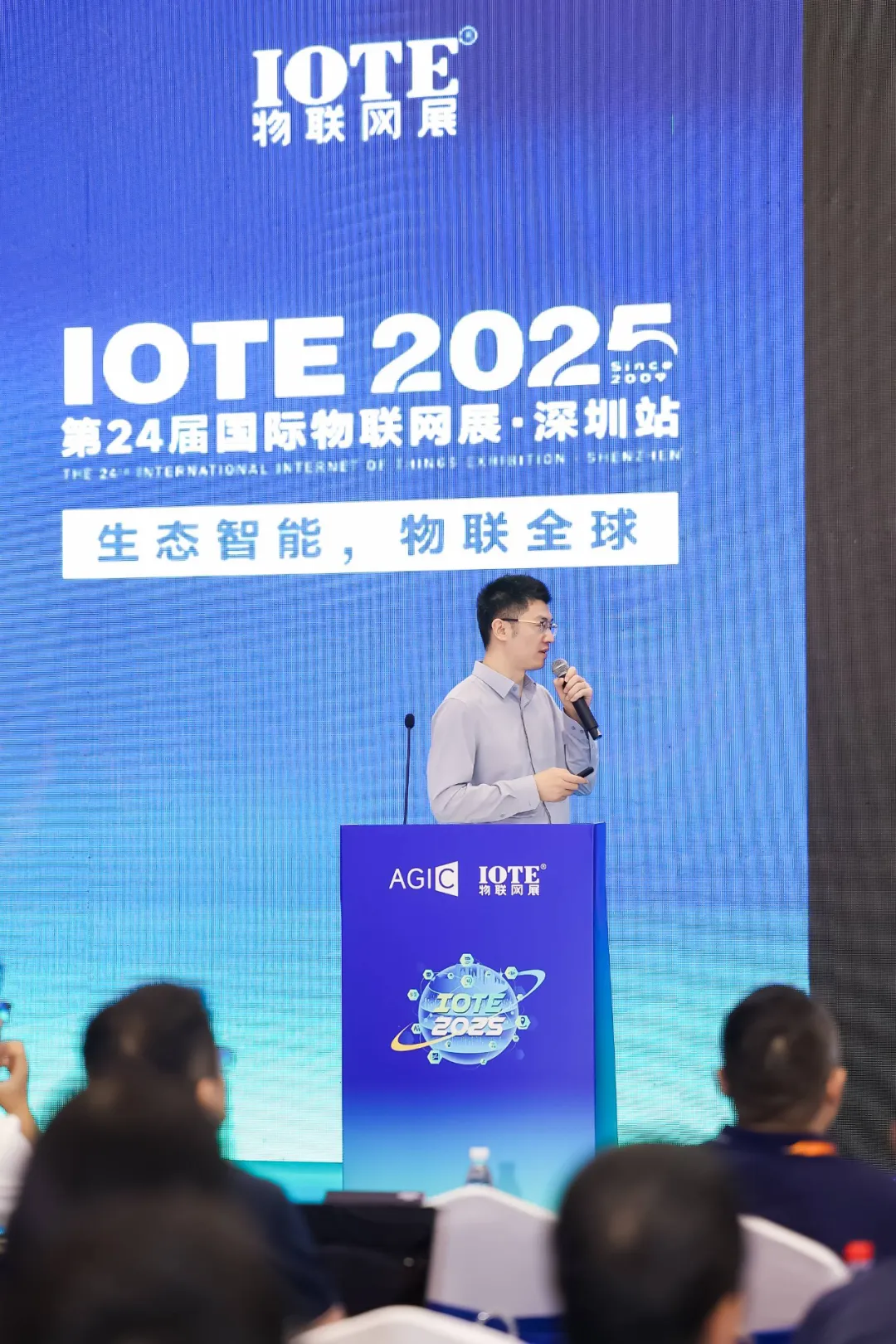
Zeng Qing, Chairman of Zhejiang Longgan Technology Co., Ltd.
Mr. Zeng Qing, Chairman of Zhejiang Longgan Technology Co., Ltd., delivered a keynote speech titled "MDFC Microwave Direct-Drive Frequency Conversion Reflectometry Technology: Enabling a New Era of Passive Intelligent Connectivity."
Mr. Zeng systematically elaborated on the evolution of the Internet of Things (IoT) from traditional to passive IoT, along with key challenges and innovative solutions.
Traditional IoT faces challenges such as difficult cabling, battery dependence, high maintenance costs, and safety concerns, limiting its industrial application and leaving a large number of devices unconnected. Existing communication technologies include active wired (such as serial ports and fiber optics), wireless (such as NB-IoT and 5G), and early passive technologies (such as RFID and NFC), but these still suffer from limitations such as short range, poor adaptability, and low energy efficiency.
RFID, as a typical passive technology, offers advantages such as low cost, maintenance-free operation, and long lifespan, making it widely used in retail, healthcare, and other fields. However, its short communication range, weak interference immunity, low energy conversion efficiency, and particularly co-frequency self-interference limit its application in long-distance, highly mobile, and complex industrial sensing.
To overcome the limitations of RFID, we launched "Longsense MDFC" (microwave direct-drive frequency conversion reflectometry). This technology eliminates co-channel interference by offsetting uplink and downlink frequencies (up to 45MHz), enabling 100-meter-level communication and multi-parameter sensing (such as temperature, humidity, and vibration). It can also integrate with 5G/6G cellular networks, reuse base station infrastructure, and significantly reduce deployment and maintenance costs.
Finally, we emphasize that MDFC eliminates the need for external exciters, enabling direct drive from base stations and long-distance communication, overcoming RFID coverage and networking limitations. It is expected to become a key foundational technology for the intelligent interconnection of everything, particularly suitable for monitoring complex industrial scenarios such as energy, power, and chemicals.
New technologies for environmental energy harvesting are reshaping the passive industrial Internet of Things.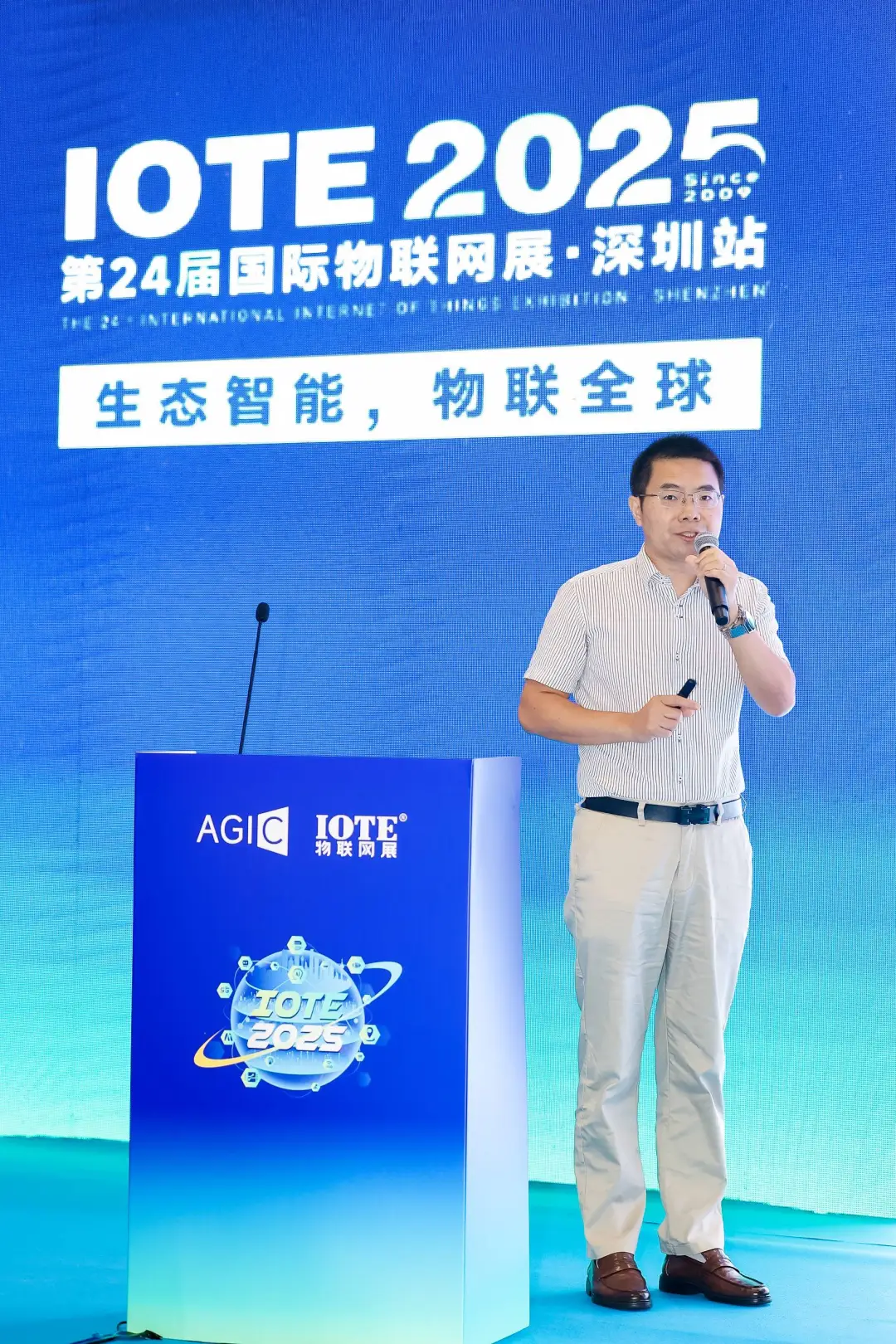
Xu Zhenlu, Deputy General Manager of Saifuneng Technology (Shenzhen) Co., Ltd.
Mr. Xu Zhenlu, Deputy General Manager of Saifuneng Technology (Shenzhen) Co., Ltd., delivered a keynote speech titled "New Technologies for Ambient Energy Harvesting, Reshaping the Passive Industrial Internet of Things." Mr. Xu noted that data is the foundation of industrial AI, but the inadequacy of traditional data collection has hampered its development. Industrial IoT deployment faces two major pain points: "data transmission braids" (wired communications) and "device power braids" (external power supply).
The solution lies in ambient energy harvesting technologies, such as micro-thermoelectric generators based on the Seebeck effect, which enable self-powered devices and offer advantages such as safety, longevity, and maintenance-free operation. A variety of self-powered sensors derived from this technology (such as pipeline pressure/temperature, temperature vibration, and infrared sensors) are already being used for real-time monitoring and predictive maintenance in electrolytic cells, pipelines, and fans.
Industry practices (such as those in the aluminum electrolytic and chemical industries) have demonstrated that this technology can save labor, reduce energy consumption, and prevent accidents, with a short payback period and a potential reduction in overall costs of over 70%. Saifuneng Technology has partnered with giants such as CNPC, State Power Investment Corporation, and China National Nuclear Corporation, and has mapped out a clear path to an IPO.
Ultimately, through "AIoT + Environmental Energy Harvesting," it aims to build a sustainable, efficient, and low-cost Industrial IoT ecosystem and promote industrial digital upgrades.
Self-smoothing power generation technology - a "sustainable micro-power source" for sports scenarios
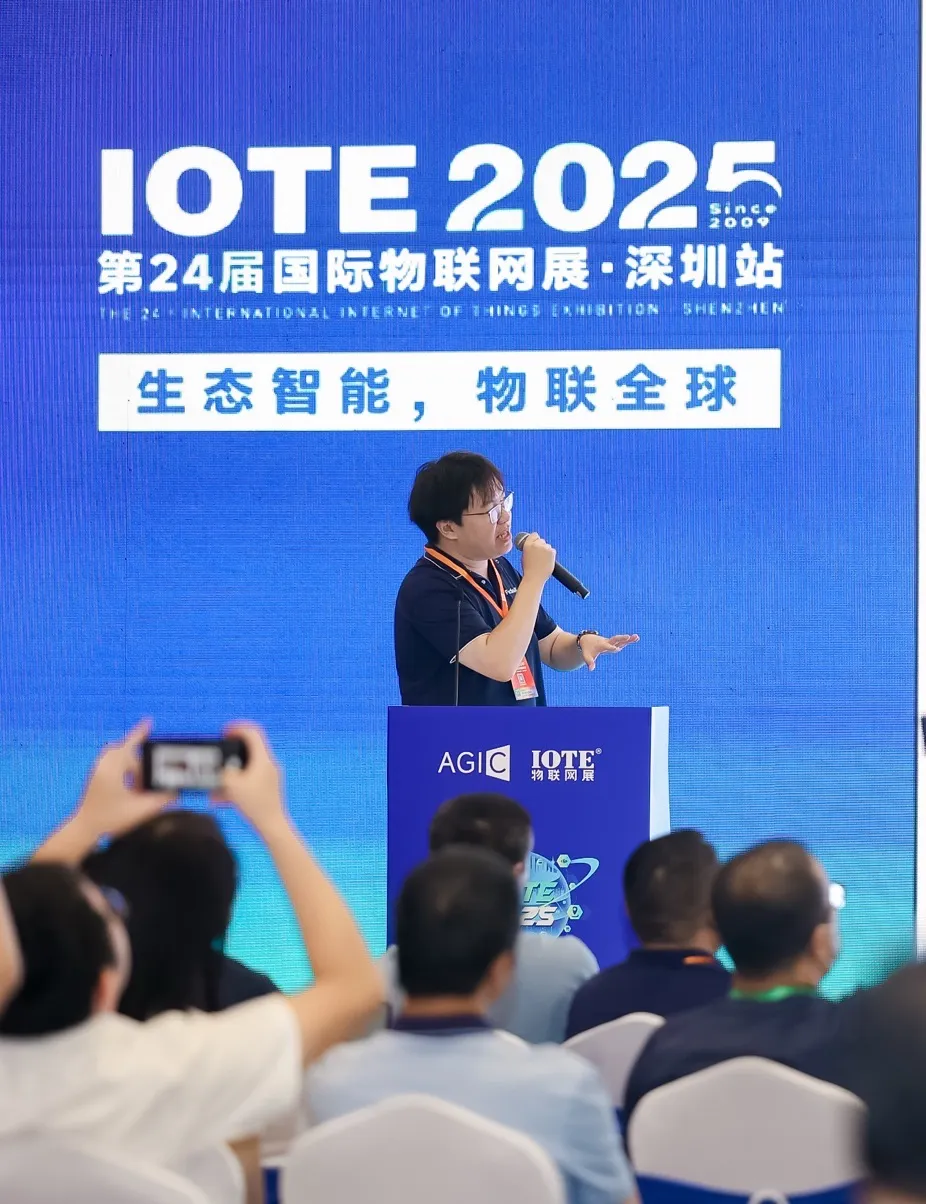
Huang Xuanyu, Product Manager, Shenzhen Qingli Technology Co., Ltd.
Mr. Huang Xuanyu, Product Manager, Shenzhen Qingli Technology Co., Ltd., delivered a keynote speech titled "Self-super-slip Power Generation Technology: A Sustainable Micro-Power Source for Sports Scenarios."
The speech focused on self-super-slip power generation technology and sustainable micro-power sources for sports scenarios, covering five key areas: market demand, technology products, application cases, ecosystem outlook, and company introduction.
Mr. Huang stated that the "data explosion" is driving a surge in demand for distributed sensors worldwide. IDC predicts that global data volume will reach [amount missing in original text] by 2025. 175ZB, but traditional distributed sensor node systems face challenges such as limited battery energy, short lifespan, high replacement costs, high power consumption of transmission modules, and the need for miniaturization and long lifespan. He pointed out that environmental energy harvesting is one solution for self-powered microsystems. Different energy types vary greatly in energy density. Technologies for static scenarios have been commercialized but are affected by factors such as climate. Dynamic scenarios are immature, presenting a market opportunity.
Traditional energy harvesters suffer from friction and wear, short lifespan, and low conversion efficiency. Self-super-lubrication technology, however, achieves zero wear, zero friction coefficient, and zero static friction when two solid surfaces slide in contact without lubricant. It offers advantages such as high output density, extremely long lifespan, and high energy conversion efficiency, and has already achieved several excellent technical indicators. The self-super-lubrication microgenerator utilizes a specific overall packaging structure, significantly improving output performance with a low magnet-coil gap, increasing open-circuit voltage and output power by 2.5 times and 6.25 times, respectively. times. The back-end circuit design of its self-driven sensing system focuses on low loss and power consumption. Output performance tests show it can normally drive related equipment. Life testing shows no degradation in output open-circuit voltage, and conversion efficiency meets requirements. The report also introduces the performance parameters of generators of different generations and sizes, along with a comparison of energy density with existing technologies.
The MKS306X series of micro-energy harvesting chips reshapes passive wireless intelligent monitoring terminals.
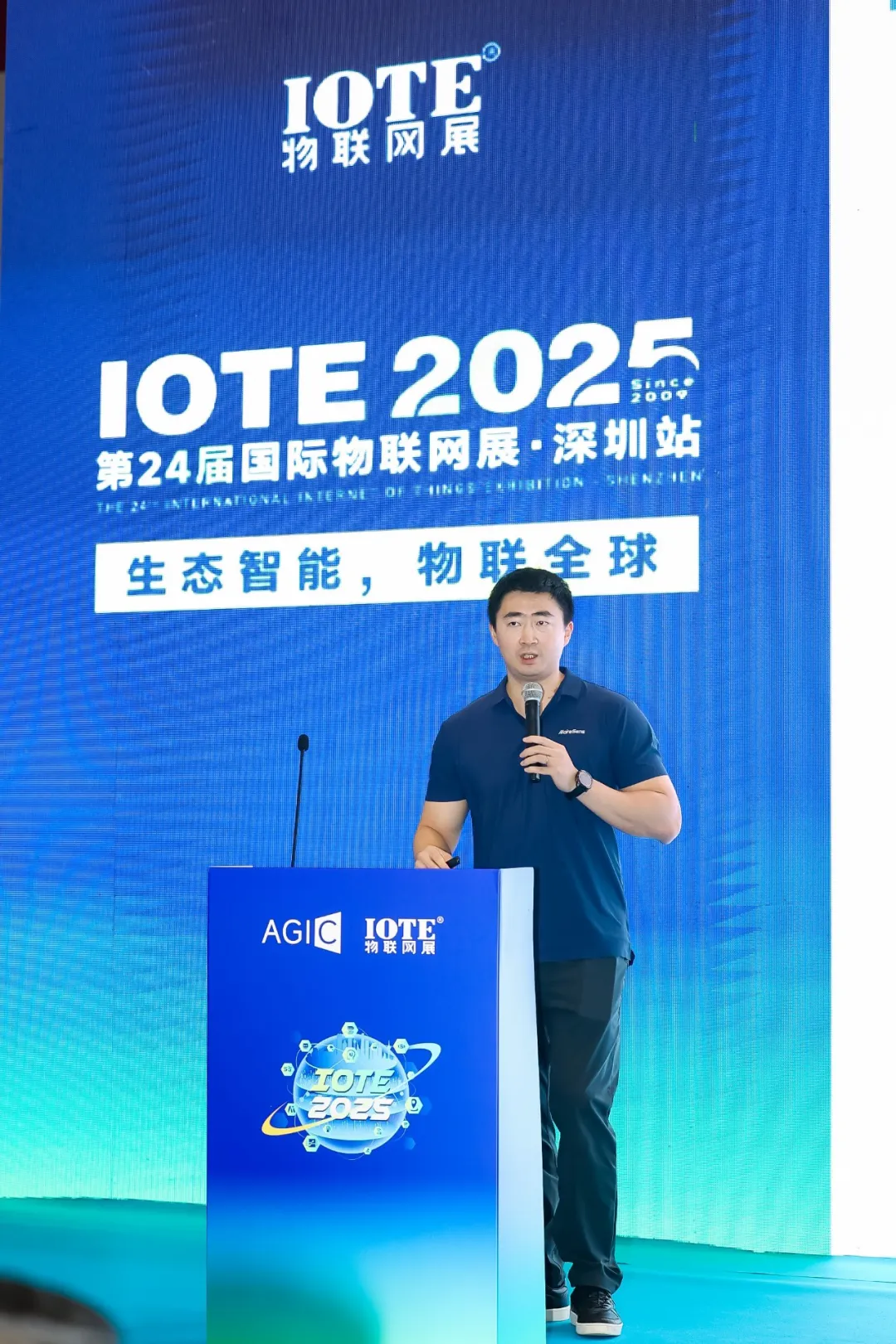
Zou Tianqi, General Manager of Meike Shensi Intelligent Technology (Beijing) Co., Ltd.
Mr. Zou Tianqi, General Manager of Meike Shensi Intelligent Technology (Beijing) Co., Ltd., delivered a keynote speech titled "The MKS306X Series of Micro-Energy Harvesting Chips Reshapes Passive Wireless Intelligent Monitoring Terminals."
The speech focused on micro-energy harvesting technology and its applications in the passive Internet of Things (IoT). The team, based on a deep understanding of products and markets, is deeply engaged in four key areas (smart cities, smart homes and businesses, smart transportation and monitoring, and industrial monitoring), and has expanded into over ten specific scenarios, including pipeline monitoring, environmental monitoring, electronic price tags, passive cameras, and asset tags. The team aims to collaborate with leading customers to develop the multi-billion-yuan passive IoT market. Its core technology is the MKS3061 micro-energy harvesting chip, which supports multiple energy sources (photovoltaic, thermoelectric, piezoelectric, and electromagnetic) and offers the following highlights:
- Ultra-low power startup (as low as 2μW);
- Configurable MPPT tracking and a wide input voltage range;
- Adjustable LDO output and intelligent power management;
- Support for automatic battery switching to ensure continuous device operation.
This chip can be widely used in passive wireless sensing devices such as wireless cameras, GPS trackers, and remote controls, driving the development of IoT devices towards passive, low-power, and highly integrated technologies, helping to build a greener and more sustainable IoT ecosystem.
Perovskite solar cells are reshaping the energy consumption experience of smart hardware in the AI era.
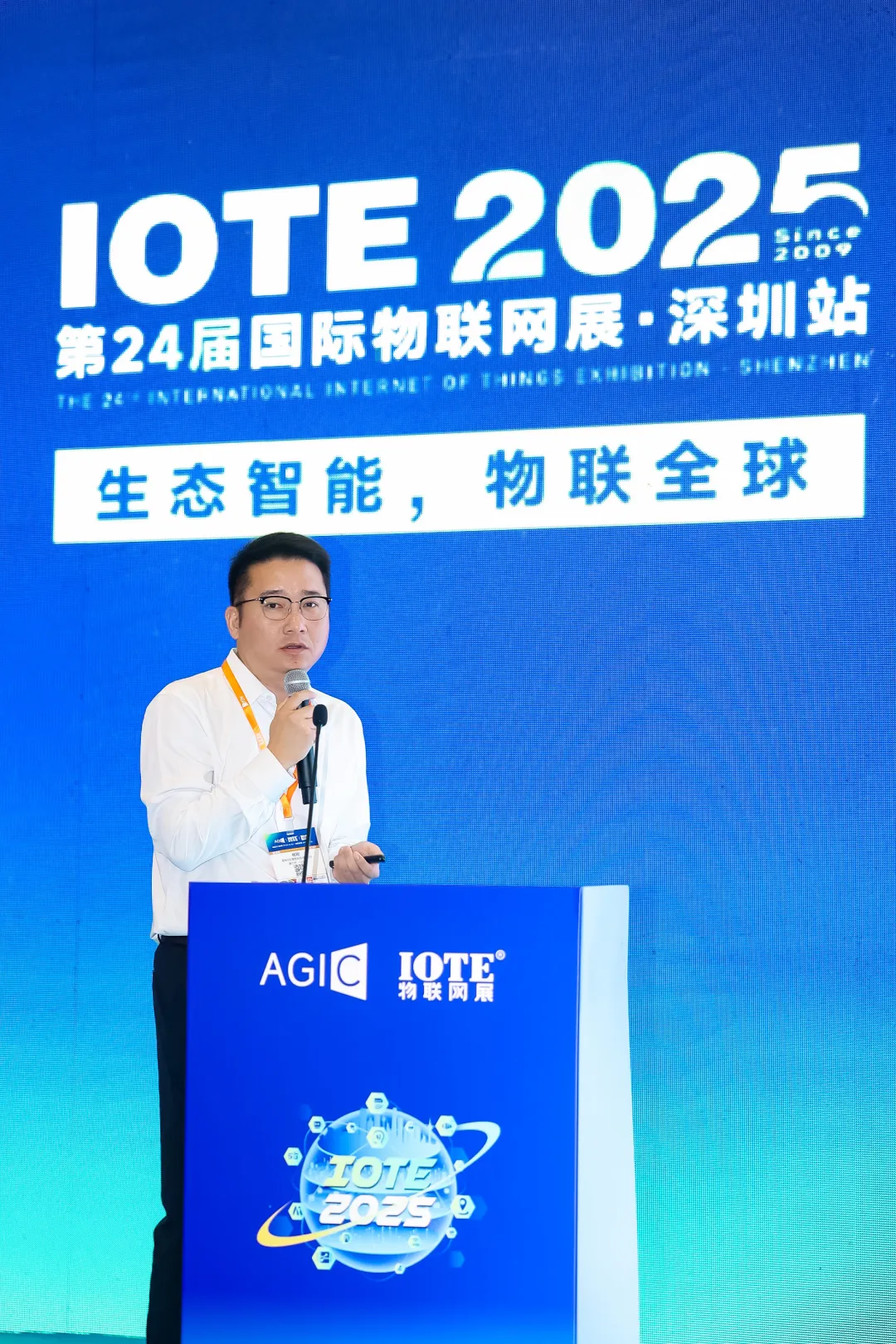
Yang Gang, Group Vice President/President of Sales, Hunan Yanhe Intelligent Technology Co., Ltd.
Mr. Yang Gang, Group Vice President/President of Sales, Hunan Yanhe Intelligent Technology Co., Ltd., delivered a keynote speech titled "Perovskite Solar Cells Reshaping the Energy Experience of Smart Hardware in the AI Era."
Themed "Dual Carbon + AI + Consumer Electronics: The Lightweight Revolution and Multi-Scenario Explosion of Consumer-Grade Photovoltaics," this speech systematically introduced how, driven by the EU Green Deal and China's "Dual Carbon" policy goals, flexible photovoltaic technology is entering a golden period of development, driving the transformation of applications such as architecture, automotive, and electronics towards a "per-kilowatt-hour economy."
Yanhe Energy has proposed a two-step strategy, dedicated to empowering the consumer technology and mobile energy sectors with perovskite solar cell technology:
The first step focuses on consumer electronics: the launch of the "Qiguang & Qiongyin" series of perovskite solar cells, featuring ultra-thin (<0.5mm), flexibility, high efficiency, and low-light power generation (starting illumination <20 Lux). These cells can be widely used in devices such as AI glasses, smartwatches, door locks, and sensors, achieving "no-touch" battery life and replacing traditional batteries with a green and environmentally friendly approach.
- The second step is to expand into portable and mobile energy: Targeting applications such as vehicles, drones, backpacks, and satellites, the company has launched the "Yunbo & Liuying" series of flexible modules. These modules offer advantages such as lightweight (<200g/㎡), bendability, low cost (<3 yuan/W), and high efficiency (module efficiency reaches up to 25%). They address the pain points of traditional rigid photovoltaics, such as heavy weight, poor flexibility, and high cost.
Yanhe, through its multi-scenario solar energy solutions, is collaborating closely with AI hardware, satellite companies, new energy vehicle manufacturers, and energy storage integrators to drive upgrades in end-user energy systems and build a green, low-carbon, and self-sustainable consumer energy ecosystem.
Roundtable Forum
The panelists included Xu Zhenlu, Vice General Manager of Saifuneng; Huang Xuanyu, Head of Self-Super-Slip Power Generation Technology at Qingli Technology; Zou Tianqi, General Manager of Meike Shensi; Yang Gang, Vice President of Yanhe Technology Group; Xie Xinmin, General Manager of Jietong Technology; Liang Yuyang, CEO of Miaomiaoce; and Wang Kun, Chief Technology Officer of Jingyi North.
At this roundtable forum, seven guests engaged in in-depth discussions on technology and products. First, each guest gave a one-minute summary of their company's product technology, providing a quick overview of the highlights and features of each technology product. Next, the guests shared the reasons for choosing their respective technology product direction, elaborating on their original intentions from various perspectives, including market demand and technological trends. Following this, everyone frankly discussed current challenges, such as technical bottlenecks and market competition. Finally, the guests outlined resources needed, including talent, funding, and partnership opportunities, and jointly explored breakthroughs in the development of these technologies and products.
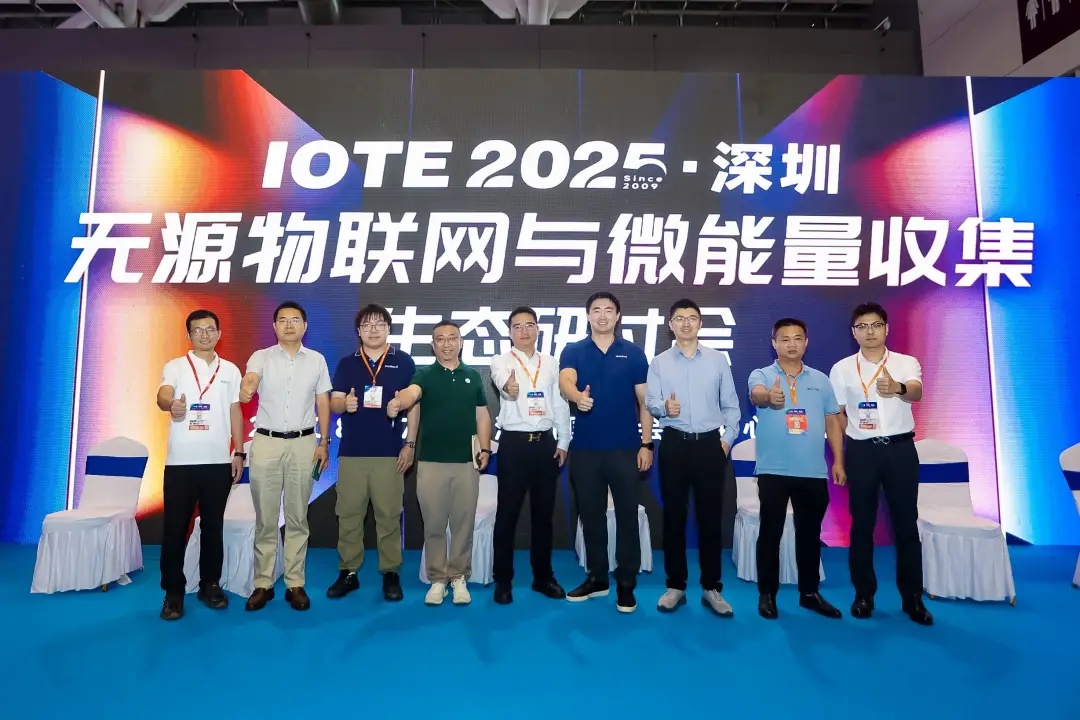
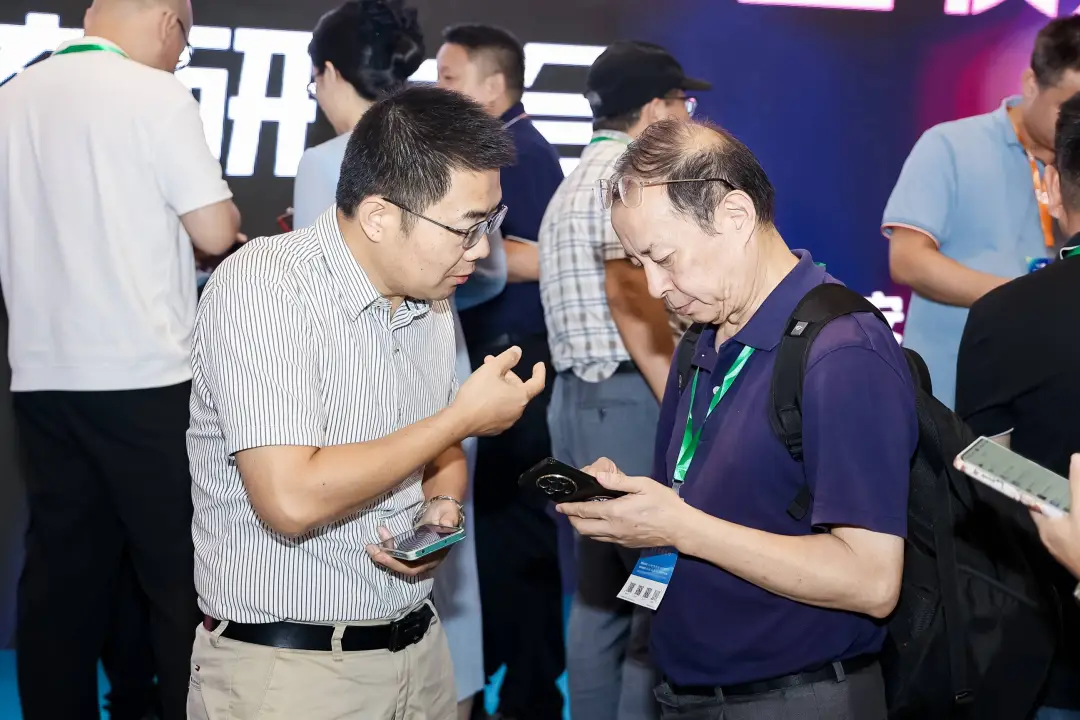
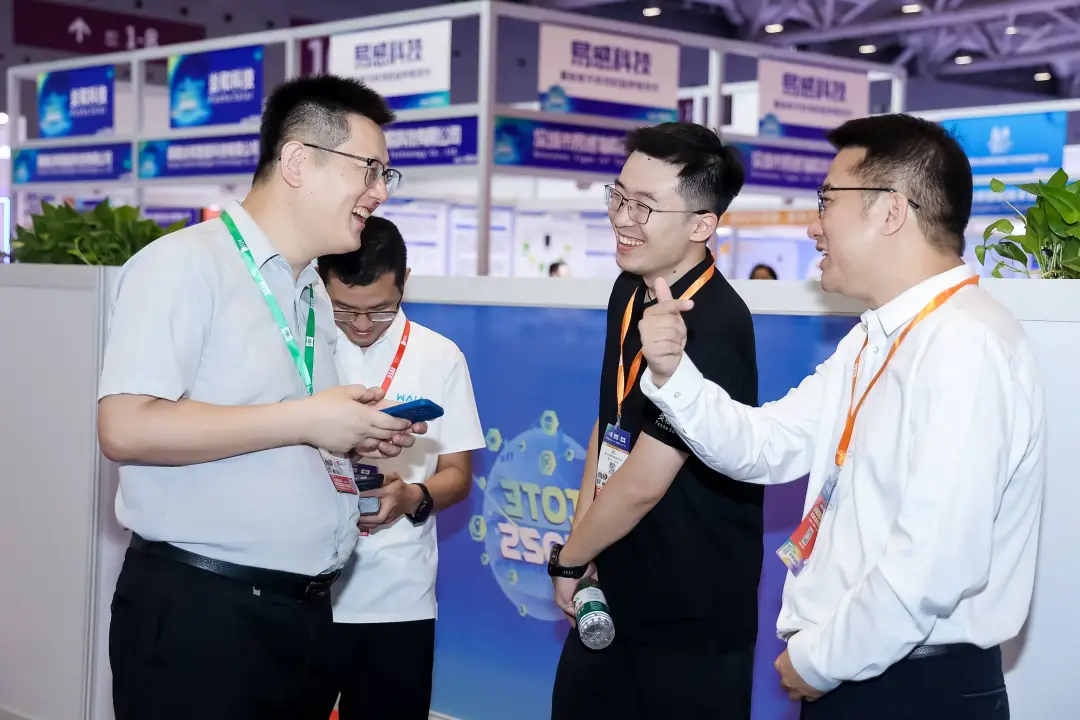
Post-conference discussions and partnership building
This concludes the "IOTE 2025 Shenzhen Passive IoT and Micro-Energy Harvesting Ecosystem Seminar." See you next year.











